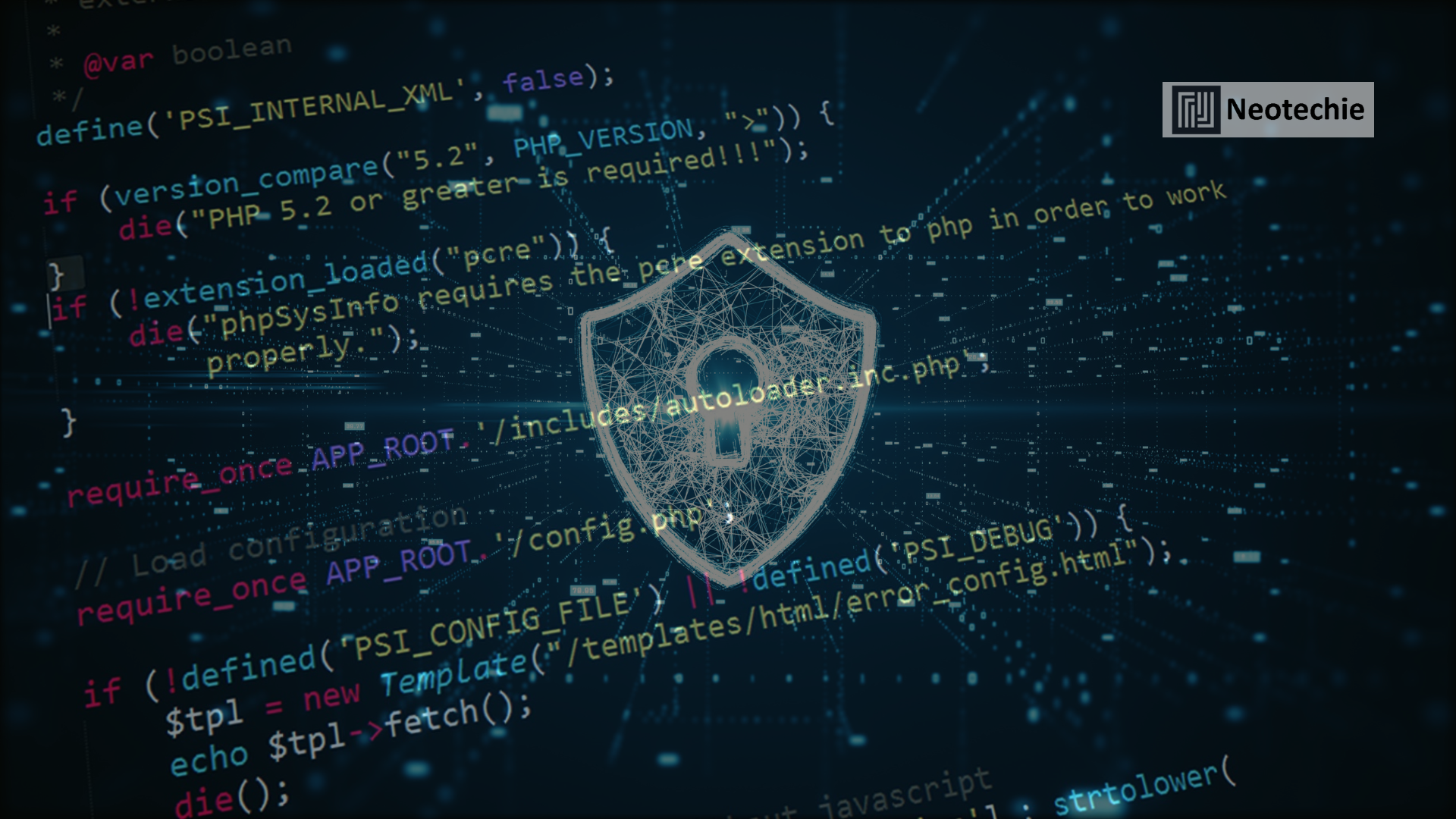Security-First Software Development – Building Secure Apps from Day One
What is Security-First Software Development?
Security-first software development is an approach where security considerations are embedded from the initial stages of software design and throughout the entire development lifecycle. Unlike traditional methods where security is treated as an afterthought, this approach ensures that applications are resilient to vulnerabilities, data breaches, and compliance risks from day one.
Key principles include:
- Threat Modeling: Identifying potential risks and attack vectors early.
- Secure Coding Practices: Writing code that mitigates common vulnerabilities.
- Input Validation: Preventing injection attacks, data corruption, and unauthorized access.
- Authentication & Session Management: Implementing robust access control and session handling mechanisms.
- Dependency Management: Ensuring third-party libraries are secure and up-to-date.
- Code Reviews & Audits: Regular reviews to detect and fix vulnerabilities before deployment.
Why Security-First Development is Crucial for Business Transformation
- Protecting Sensitive Data:
Businesses handle sensitive information, including financial data, personal customer information, and intellectual property. Security-first practices safeguard this data against breaches, fostering trust with customers and partners and avoiding reputational damage. - Ensuring Regulatory Compliance:
Many industries are subject to strict regulations (e.g., GDPR, HIPAA, PCI DSS). Building security into development ensures compliance is achieved from the outset, reducing legal risks and avoiding costly penalties. - Reducing Cost of Remediation:
Detecting and fixing security vulnerabilities early in development is far less expensive than addressing them after deployment. Security-first practices save operational costs by preventing breaches, minimizing downtime, and avoiding reactive patching. - Building Customer Trust and Confidence:
Secure applications enhance customer confidence and brand reputation. Businesses that prioritize security demonstrate reliability and professionalism, which can be a competitive differentiator in the market. - Supporting Business Continuity and Resilience:
Security-first applications are less prone to disruptions caused by cyberattacks. By mitigating potential threats proactively, businesses ensure uninterrupted operations, maintaining productivity, revenue flow, and stakeholder confidence.
How Businesses Implement Security-First Development
- Threat Modeling and Risk Assessment:
Analyze system architecture and workflows to identify potential security risks. This process includes evaluating data flows, entry points, and sensitive assets to create mitigation strategies before development begins. - Secure Coding Standards:
Implement coding guidelines that address common vulnerabilities such as SQL injection, cross-site scripting (XSS), and buffer overflows. Train developers on best practices and enforce compliance through automated code analysis tools. - Input Validation and Sanitization:
Ensure all user input is validated and sanitized to prevent malicious data from compromising the system. This is critical for web applications, APIs, and microservices interacting with diverse data sources. - Authentication and Authorization Controls:
Deploy strong authentication methods, including multi-factor authentication (MFA) and role-based access control (RBAC). Secure session management prevents unauthorized access and reduces the risk of identity theft or privilege escalation. - Dependency Management and Vulnerability Tracking:
Monitor third-party libraries and dependencies for known vulnerabilities. Regularly update and patch software components, and use automated tools to track and remediate potential risks. - Regular Code Reviews and Security Audits:
Conduct systematic code reviews and security audits to detect and remediate vulnerabilities. Peer reviews, static code analysis, and penetration testing enhance overall software security. - Continuous Monitoring and Incident Response:
Implement real-time monitoring of applications and infrastructure for anomalies. Establish an incident response plan to quickly address potential threats, ensuring business continuity and minimizing impact.
How Neotechie Helps
Neotechie provides comprehensive support for security-first software development:
- Security Assessment and Architecture Design: Evaluate existing workflows and design secure software architectures tailored to business needs.
- Developer Training and Guidelines: Equip development teams with secure coding practices and protocols.
- Automated Security Integration: Integrate automated testing, code scanning, and dependency management into CI/CD pipelines.
- Continuous Security Audits: Conduct regular audits, vulnerability assessments, and penetration testing to proactively address risks.
- Incident Response Planning: Develop and implement robust incident response strategies to ensure rapid recovery from potential security incidents.
Driving Business Transformation with Security-First Development
Security-first software development is not just a technical requirement—it is a strategic business enabler. By embedding security into every stage of development, organizations protect sensitive data, ensure regulatory compliance, and build trust with customers. This proactive approach reduces operational risks, minimizes costs, and strengthens business resilience.
Partnering with Neotechie ensures that security is not a reactive measure but an integral part of software strategy. Enterprises benefit from applications that are robust, compliant, and ready to scale, empowering them to deliver secure, reliable solutions that drive sustainable growth and long-term business transformation.

